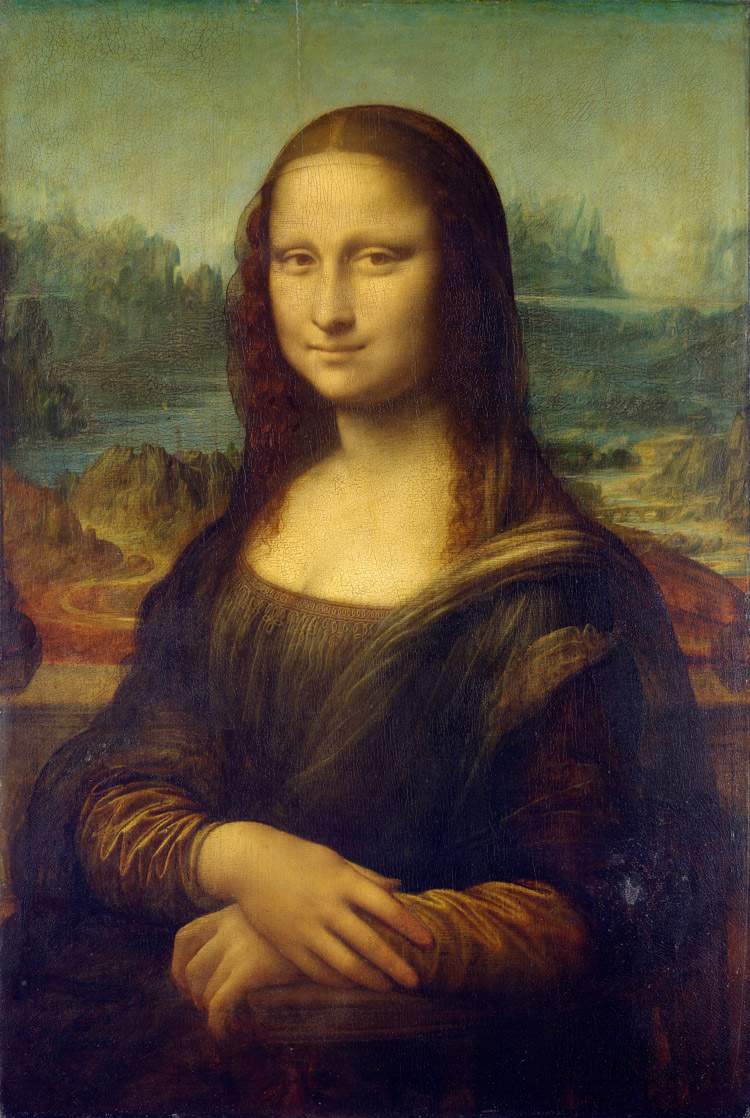When the Mona Lisa was exhibited at the Pinacoteca di Brera in Milan.
Leonardo da Vinci ’s Mona Lisa is one of the most celebrated masterpieces in the history of art, but few know its controversial and troubled history. In 1911, in fact, the famous panel was stolen from the Louvre in Paris, sparking a real international case. The theft was solved two years later, when the thief, Vincenzo Peruggia, was arrested in Florence while trying to sell the painting to an antiquarian.
Given the friendly situation between Italy and France, it was decided to exhibit the Mona Lisa at the Uffizi Galleries in Florence, the Galleria Borghese in Rome, and the Pinacoteca di Brera in Milan.


In the Milanese city, the public was able to admire the Mona Lisa at the Pinacoteca di Brera, in an installation curated by Ettore Modigliani, superintendent of the Milanese museum at the time. The Mona Lisa was placed in Room IV on a large panel in the company of several works made by Leonardo’s pupils and followers, arousing much curiosity in the Milanese population. To the left of the Mona Lisa were placed the Madonna of the Tree by Cesare da Sesto and the Madonna and Child by Francesco Napoletano (Francesco Galli), while to the right were displayed the Madonna and Child and the Little Lamb by “Spanish Ferrando” (Fernando Yañez or Ferrando Llanos) and the drawing of the Head of Christ with colored stones made by a Lombard artist as an exercise in copying the face of Christ from Leonardo da Vinci’s Last Supper.
The Mona Lisa was exhibited at the Pinacoteca di Brera for only two days, December 29 and 30, 1913, but the influx of visitors was incredible. As many as eighteen thousand tickets were snapped up on the first day, while in the evening, with free admission, sixty-five thousand visitors crossed the Pinacoteca’s entrance to admire the famous portrait that would leave the following day to return to France. The balance of the morning of the second day was equally positive, but in the afternoon the painting left for Paris via train, where it was awaited at the Salon Carré in the Louvre by President of the Republic Raymond Poincaré and the entire French government in collective enthusiasm.
The Milan exhibition of the Mona Lisa was a unique moment in the history of art and culture, featuring the famous panel in a feat that united two nations in a common enthusiasm. To this day, the Mona Lisa continues to be one of the most admired and studied paintings in the world, a universal symbol of art that continues to fascinate audiences of all ages and backgrounds.
Warning: the translation into English of the original Italian article was created using automatic tools. We undertake to review all articles, but we do not guarantee the total absence of inaccuracies in the translation due to the program. You can find the original by clicking on the ITA button. If you find any mistake,please contact us.




























